The bulls shark (Carcharhinus leucas) is considered by many to be the most dangerous shark to humans on the planet. So why does it not have quite such a notorious rep as its cousins, the more great white and tiger sharks? Well, read on and we might just be able to change your minds.
Bull Shark bite size facts
- Bull sharks get their name primarily from their short, rounded snout. Most sharks in this family have pointed noses – in fact Carcharhinus means sharp nosed.
The name also refers to their pugnacious nature and a tendency to head-butt their prey as a prelude to attacking. - Also known as: Zambezi shark, Van Rooyen’s shark, Nicaragua shark, river shark, Ganges shark, ground shark, shovelnose, square-nose, Swan river whaler, freshwater whaler, swan river whaler,cub shark or slipway grey.
- Bull sharks are in the same family as great white sharks, tiger sharks and oceanic white tips. This is the Carcharhinidae family or Requiem sharks and these sharks are responsible for nearly all the unprovoked attacks on humans.
- The Bull shark is responsible for the 3rd most attacks on humans. According to the International Shark Attack File (ISAF) these sharks are most likely to be involved in attacks after great white sharks and tiger sharks. There have been 104 recorded bull shark attacks in the past 150 years of which a third were fatal. It is also thought that these figures are under-reported as many attacks occur in the third world and are not filed.
- The bull shark is considered the most dangerous shark in the world by many experts. This is because unlike other potentially dangerous sharks the bull shark is only found in shallow waters. And this is exactly where they are likely to come across humans, including at some of the world’s best known beaches.
- It is widely thought that the shark attacks that inspired the Jaws movies may have been down to a bull shark. The infamous Jersey Shore shark attacks of 1916 left four dead and one injured. Whilst there were no further attacks after an 8ft (2.5m) great white shark was caught in the vicinity some experts do not believe this was the culprit. The reason is one of the attacks, in Matawan Creek, was a considerable distance from the sea and freshwater. Great Whites are not known to enter freshwater whereas bull sharks are often found in rivers and lakes.
- Bull sharks have the highest recorded bite force for their size amongst all shark species measured.
Video: Scientist Eric Ritter joins Roboshark in the water with some ferocious looking Bull Sharks.
Bull shark habitat and distribution
- Bull sharks are common throughout the warm waters of the world.

They have been seen as far north as Massachusetts on the US Atlantic coast and as far south as Brazil. Whilst less often seen in the colder Pacific regions they are found from Baja, California down to Ecuador.
Bullsharks are also found in many parts of the Indian Ocean including much of Africa, Western India and from Vietnam to Australia. - These sharks are generally found in water less than 100ft (30m) deep.
- Bull sharks are one of the only sharks that readily live in freshwater. All sharks need to retain a certain amount of salt in their bodies and bullsharks have special adaptations to allow them to do this even when in fresh water.
Bull sharks have been reported as far inland as 2220 miles (3700 km) up the Amazon River in Peru and more than 1800 miles (3000km) up the Mississippi River in Illinois. In Africa they are also known as the Zambezi shark as they frequent this river, whereas in India they are sometimes called Ganges sharks.
There is also an established population in Lake Nicaragua which was at one time thought to be landlocked. However, it seems the sharks are able to navigate various rivers, including some rapids, to gain access to the lake. Over the years there have been a number of attacks (some fatal) in the lake. - Bull sharks were seen swimming in flooded streets in and around Brisbane, Australia during the 2010 floods.
- There are rumours of bull sharks living in the Mediterranean Sea, but no firm evidence.
- Despite stories of bull sharks in Lake Michigan it seems very unlikely. Whilst there is a canal between the Mississippi, where they have been found, and Lake Michigan, it has many obstacles such as locks which the sharks would be unable to navigate.
- South American bull sharks migrate about 2,300 miles (3700 km) up and down the Amazon River seasonally.
Bull shark anatomy
- Bulls are recognisable by their stocky build and blunt snout. They are proportionately shorter and wider than other requiem sharks.
- The shark’s back is light to dark grey and the underbelly white. Young sharks may have dark colored tips to their fins.
- The largest specimen recorded was 13 feet (4m), although this is not well verified. Sharks measuring up to 11 feet (3.5m) are commonly reported.
- The heaviest recorded bull shark was 694 lb (315kg)
- Bull sharks do not have an interdorsal ridge. This is the ridge that runs between the front and rear dorsal fins on the back of the shark. Other sharks do have this.
- Bull sharks have smaller eyes than many other requiem sharks. It is thought they are more reliant on hunting by scent in murky coastal waters.
- Teeth are wide and triangular reaching 1.5 ins (4 cm) in length. They are heavily serrated along the sides – ideal for slicing and tearing flesh.

- Females have a longer lifespan than males. They can live for about 16 years, compared to 12 years for males. This explains the larger size of fully grown females.
- Young sharks are born after an 11 months pregnancy. The mother give birth to live, free-swimming young (viviparous) and there is little care after birth.
What do bull Sharks eat?
- Bull sharks are considered to be apex predators. That means nothing habitually preys on bull sharks although they are known to be attacked and eaten by other large sharks on rare occasions and there are even cases of saltwater crocodiles killing bull sharks.
- Bull sharks will eat anything! They are opportunistic hunters – they will try to eat anything they come across rather than looking for specific prey. Whilst their diet is generally made up of fish they are known to even eat stingrays and other sharks including small individuals of their own species. Less commonly bull sharks have been known to eat sea turtles, dolphins, crabs, sea birds, squid, dogs and even the odd race horse – not to mention humans.
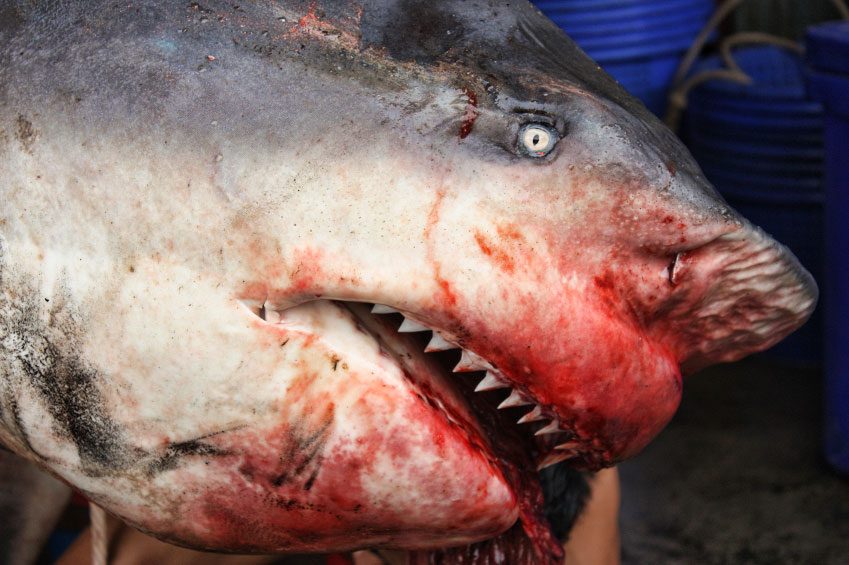
Bull shark attacks
The bull shark is sometimes referred to as the pit bull of the sea due to its highly aggressive nature when attacking. It is the shark’s habitat and range which make it more likely to come into contact with humans than any other shark. Many attacks have occurred in rivers and lakes making the attacker much easier to identify due to the brackish / freshwater environment.
The table below documents many of the fatal attacks recorded by the Global Shark Attack File (GSAF) over the last 150 years:
| Date | Country | District | Location | Activity | Victim | Sex | Age | Injury | Shark |
|---|---|---|---|---|---|---|---|---|---|
| 25-Nov-1880 | AUSTRALIA | Queensland | Petrie Bight, Brisbane River | Swimming | Alexey Drury | M | 12 | Feet bitten, surgically amputated FATAL | Bull shark |
| 16-Jan-1960 | AUSTRALIA | New South Wales | Just below Roseville Bridge, opposite Killarney picnic reserve, Middle Harbor, Sydney | Free diving | Kenneth William Murray | M | 13 | FATAL, right leg severed above knee, surgically amputated but died 9 days later | Bull shark |
| 28-Jan-1963 | AUSTRALIA | New South Wales | Sugarloaf Bay, Middle Harbour, | Wading | Marcia Hathaway | F | 32 | FATAL, right femoral artery severed, thigh, calf, buttock & left hand bitten | Tooth fragments of “whaler” shark were recovered, a bull shark, according to Edwards |
| 16-Dec-2002 | AUSTRALIA | Queensland | Miami Lake | Swimming | Beau Martin | M | 23 | FATAL | Bull shark |
| 08-Feb-2003 | AUSTRALIA | Queensland | Burleigh Lake on the Gold Coast | Swimming | Bob Purcell | M | 84 | FATAL | Thought to involve a >2 m [6.75′] bull shark |
| 11-Dec-2004 | AUSTRALIA | Queensland | Opal Reef | Spearfishing | Mark Thompson | M | 38 | FATAL, leg bitten | Bull shark |
| 07-Jan-2006 | AUSTRALIA | Queensland | Amity Point, North Stradbroke Island | Swimming | Sarah Whiley | F | 21 | FATAL | Bull shark |
| 08-Apr-2008 | AUSTRALIA | New South Wales | Lighthouse Beach, Ballina | Body boarding | Peter Edmonds | M | 16 | FATAL | Bull shark |
| 24-Feb-2008 | BAHAMAS | Northern Bahamas | Dive site known as “The End of the Map” | Diving | Markus Groh | M | 49 | Leg bitten, FATAL | A bull shark, according to some of the divers on the boat |
| 14-Oct-2002 | BRAZIL | Pernambuco | Piedade Beach, Jaboatão dos Guararapes City, Recife | Swimming | Luiz Soares de Arruda | M | 36 | FATAL, body not recovered | Possibly a bull shark or tiger shark |
| 10-Jul-2006 | BRAZIL | Pernambuco | Body recovered at Goiana | Unidentified | M | FATAL | Bull or tiger shark | ||
| 1954 | IRAN | Karun River | Hesamabad area of Shushtar, 420 km from the sea | Mr. Kasem Jasem | M | FATAL | Bull shark suspected due to freshwater habitat | ||
| 1954 | IRAN | Karun River | A village a short distance from Hesamabad | girl | F | FATAL | Bull shark suspected due to freshwater habitat | ||
| 1985 | IRAN | Ramin, near Ahvaz | Fishing | male | M | FATAL | Bull shark | ||
| 1941-1942 | IRAQ | Basrah | Shatt-el Arab River near a small boat stand | Swimming | male | M | 14 | FATAL, left leg bitten with severe blood loss | Bull shark |
| Before 1957 | NICARAGUA | Lake Nicaragua (fresh water) | A village north of San Carlos | Lashing logs together when he fell into the water | an Indian | M | FATAL, leg severed | Bull shark caught, leg recovered & buried beside the man’s body | |
| 17-Jun-1938 | NICARAGUA | Lower San Juan River | The schooner Elizabeth, bound from Bluefields, Nicaragua to the river port of San Carlos foundered | Elena Hodgson & Isaac Ollis | FATAL x 2, all other passengers & crew reached shore after a long swim | Thought to involve bull sharks | |||
| 28-Jun-1992 | REUNION | St Paul | Cap de la Marianne | Surfing | FATAL | Bull shark or lemon shark | |||
| 15-Apr-1994 | REUNION | St. Joseph | Lieu-dit Cayenne | FATAL | 3 m [10′], 200-kg [441-lb] bull shark | ||||
| 09-Jul-1994 | REUNION | St. Denis | Barachois | Windsurfing | male | M | 24 | FATAL | 3 to 3.5 m [10′ to 11.5′] bull shark |
| 03-Jan-1997 | REUNION | la Pointe-au-Sel | Spearfishing | male | M | FATAL | Bull shark | ||
| 03-Jan-1999 | REUNION | Saint Leu | Pointe au Sel | Spearfishing | FATAL | 3 bull sharks | |||
| 01-Aug-2005 | Seychelles | Inner Islands | Off North Island | Fishing | Rolly Lesperance | M | FATAL, shark involvement prior to death is unconfirmed | Bull shark | |
| 10-Apr-1933 | USA | Florida | Miami Beach | Swimming | Thomas N. Martin | M | 24 | FATAL | Possibly a bull shark or tiger shark |
| 13-Sep-1988 | USA | Florida | Shell Island Panama City Beach , Bay County | Snorkeling | John P. Martin | M | 38 | FATAL, thigh & hand lacerated | 3 m [10′] bull shark |
| 13-Sep-1995 | USA | Florida | Alligator Reef, off Islamorada, Monroe County | Scuba diving | William Covert | M | 25 | Presumed FATAL, body not recovered | 3 m to 3.7 m [10′ to 12′] bull shark |
| 30-Aug-2000 | USA | Florida | Boca Ciega Bay, Tampa, Pinellas County | Jumped into the water | Thaddeus Kubinski | M | 69 | FATAL | Thought to involve a 2.7 m [9′], 400-lb bull shark |
| 01-Sep-2001 | USA | Virginia | Sandbridge Beach, Princess Anne County | Swimming | David Peltier | M | 10 | FATAL, thigh bitten | bull shark |
| 25-Jun-2005 | USA | Florida | Destin, Walton County | Swimming with boogie board | Jamie Marie Daigle | F | 14 | FATAL, leg bitten | 1.8 m [6′] bull shark |
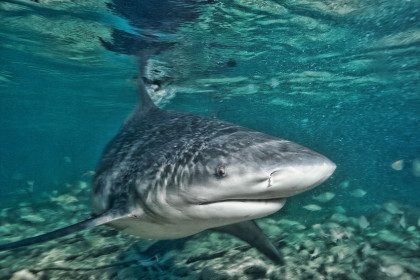
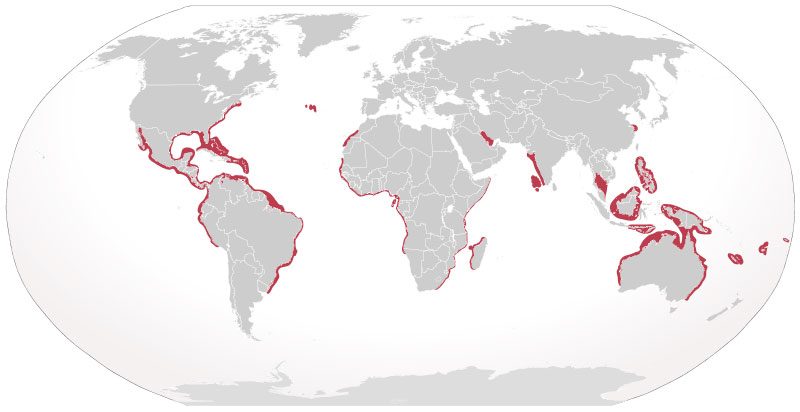
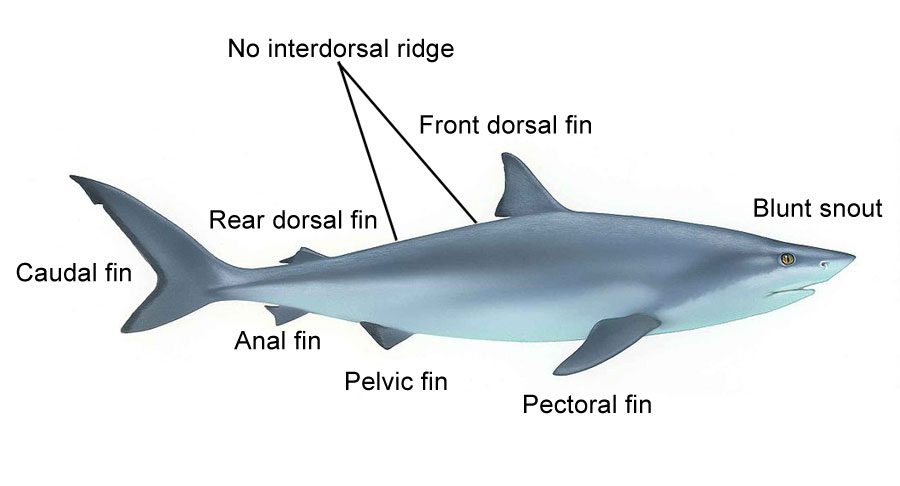
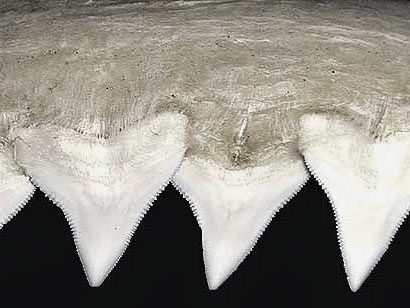
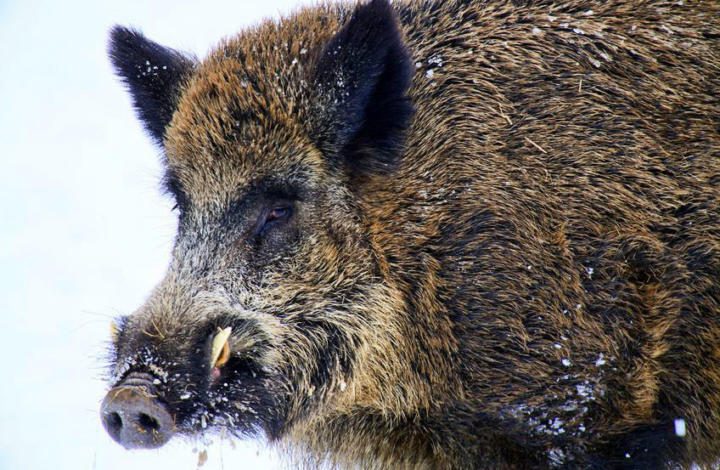

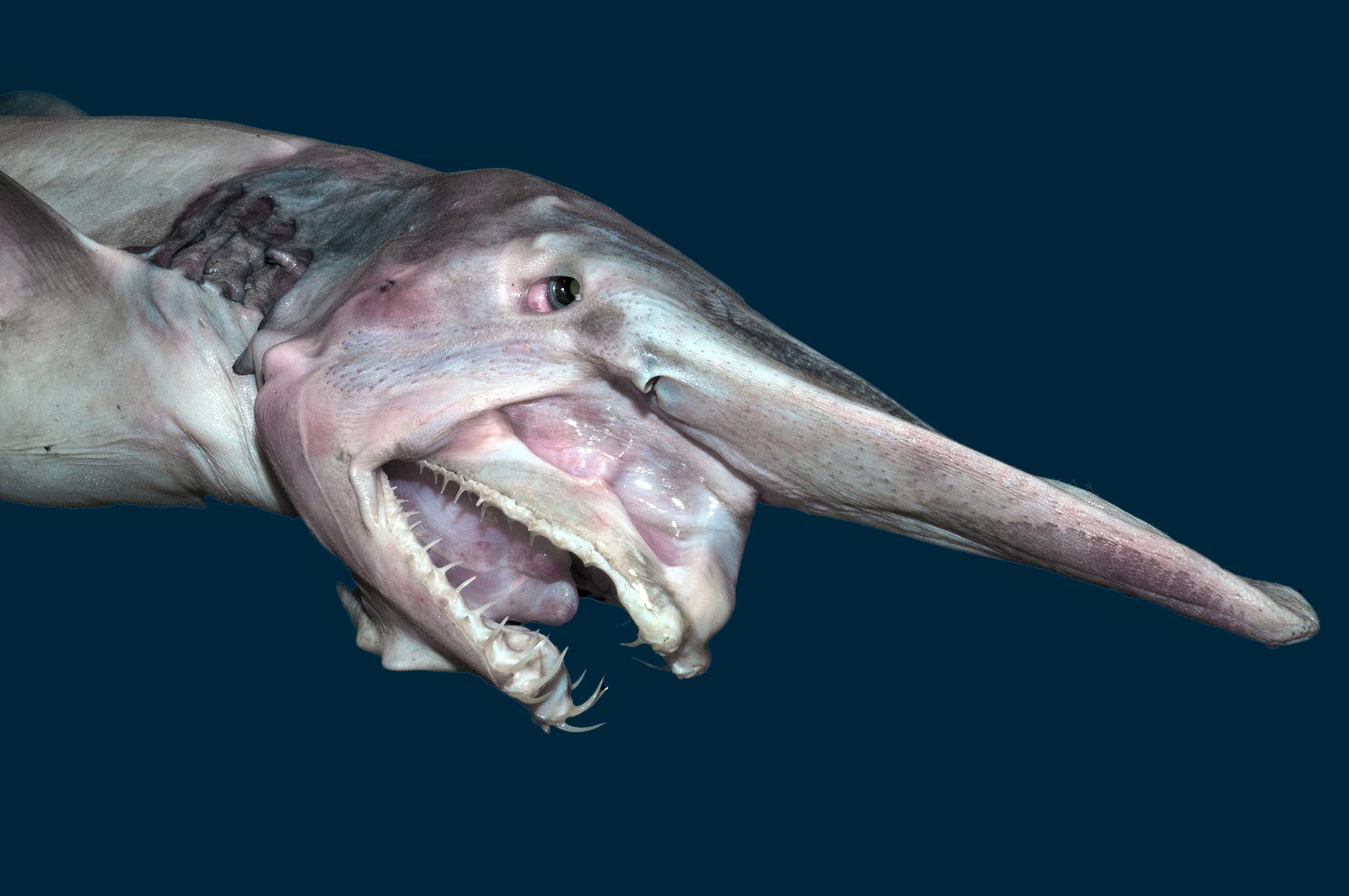
the Carcharhinus leucas, or Bull Shark, has 73 non-fatal, unprovoked attacks and 21 fatal unprovoked attacks in the span of 1580 to 2014.